Marshmallow Leaf & Root
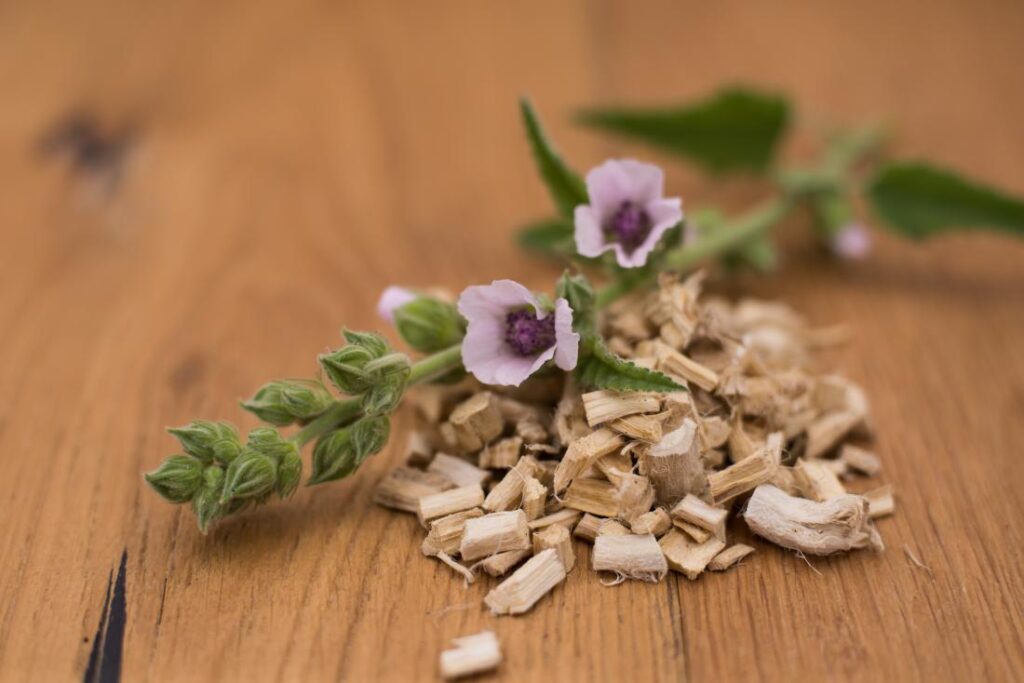
Marshmallow Leaf and Root come from the Marshmallow plant (Althaea officinalis), a perennial herb known for its soothing properties. Both the leaves and roots have been used traditionally in herbal medicine for their mucilaginous, anti-inflammatory, and demulcent qualities.
1. Size:
- The leaves are broad and ovate, typically 4 to 8 inches (10 to 20 cm) in length and 3 to 5 inches (7.5 to 12.5 cm) in width.
- The root can grow up to 12 inches (30 cm) long and is usually about 1 inch (2.5 cm) in diameter.
2. Color:
- The leaves are green, often with a soft, slightly grayish hue and a velvety texture.
- The root is light brown on the outside with a creamy white interior.
3. Texture:
- The leaves are soft, velvety, and slightly fuzzy to the touch, giving them a unique, smooth texture.
- The root has a fibrous and slightly spongy texture, which becomes more gelatinous when soaked or used in preparations.
4. Fragrance:
- The leaves have a mild, herbal aroma with subtle sweet undertones.
- The root has a faintly sweet, earthy scent, often described as mildly aromatic.
5. Uses:
- Marshmallow Leaf and Root are used to soothe mucous membranes, treat coughs, colds, and digestive issues, and support skin health.
- The root is sometimes used in traditional sweets and confections, as well as in herbal teas and syrups.
- The mucilaginous properties of Marshmallow are used in topical applications to soothe and heal irritated skin.
6. Habitat:
- Marshmallow plants grow in moist, marshy environments and can often be found in wet meadows, along riverbanks, and in other damp, low-lying areas.
- The plant is native to Europe, but it is also cultivated in various temperate regions around the world.
7. Cultural Significance:
- Historically, Marshmallow has been used in herbal medicine for its soothing properties and was a common ingredient in traditional remedies.
- The plant has also been used in folk medicine to treat a variety of ailments and is valued for its gentle, healing effects.
Spiritual Properties
- Healing and Comfort: Marshmallow Leaf and Root are believed to bring comfort and healing, promoting emotional well-being and physical relief.
- Calm and Soothing Energy: The herb is used in spiritual practices for its calming energy, helping to create a peaceful and nurturing environment.
Medicinal Properties
- Soothing Mucous Membranes: Marshmallow is known for its ability to soothe irritated mucous membranes in the throat, digestive tract, and urinary system.
- Anti-inflammatory: The herb has anti-inflammatory properties that help reduce inflammation and pain.
- Digestive Health: It supports digestive health by alleviating symptoms such as bloating, gas, and constipation.
- Skin Health: Marshmallow is used in topical treatments to soothe and heal irritated skin conditions.
Adverse Actions & Side Effects
- Sensitivity Reactions: Some individuals may experience allergic reactions or sensitivities to Marshmallow Leaf and Root.
- Interaction with Medications: Marshmallow may interact with certain medications, particularly those affecting blood sugar levels or gastrointestinal function. Consultation with a healthcare provider is recommended.
Side Effects:
- Digestive Discomfort: Excessive use may cause digestive discomfort, including bloating or gas.
- Skin Reactions: Topical use of Marshmallow may cause mild skin reactions in sensitive individuals.
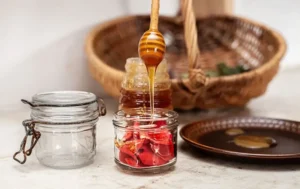
Herbal-Infused Protection Honey
Herbal-Infused Protection Honey This herbal-infused honey is perfect for enhancing spiritual protection and promoting healing energy when used in meals or teas. It creates a
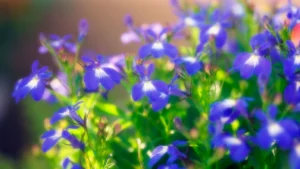
Lobelia
Lobelia Lobelia is an herb known for its distinctive blue flowers and diverse medicinal properties. It has been used in traditional medicine for its respiratory
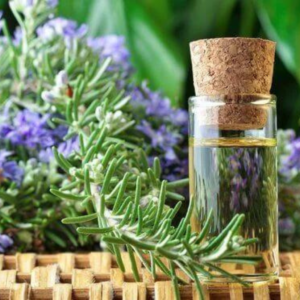
Rosemary for Cognitive Health: A Natural Boost?
Rosemary for Cognitive Health: A Natural Boost? Rosemary has long been cherished for its medicinal properties, especially for its potential cognitive-enhancing abilities. Traditionally, rosemary has
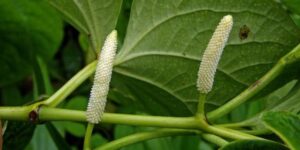
Kava
Kava Kava (Piper methysticum) is a tropical evergreen shrub native to the South Pacific islands. The roots of the Kava plant are traditionally used to
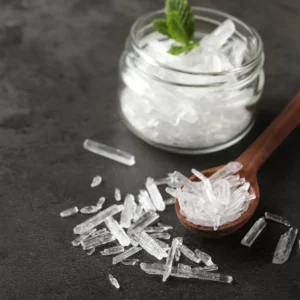
Menthol Crystals
Menthol Crystals Menthol Crystals are derived from peppermint oil and are known for their strong, cooling sensation and refreshing fragrance. These crystals are used in
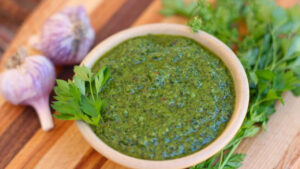
Healing Herbal Pesto
Healing Herbal Pesto This healing herbal pesto is packed with both flavor and spiritual healing properties. It’s a versatile sauce that can be used on